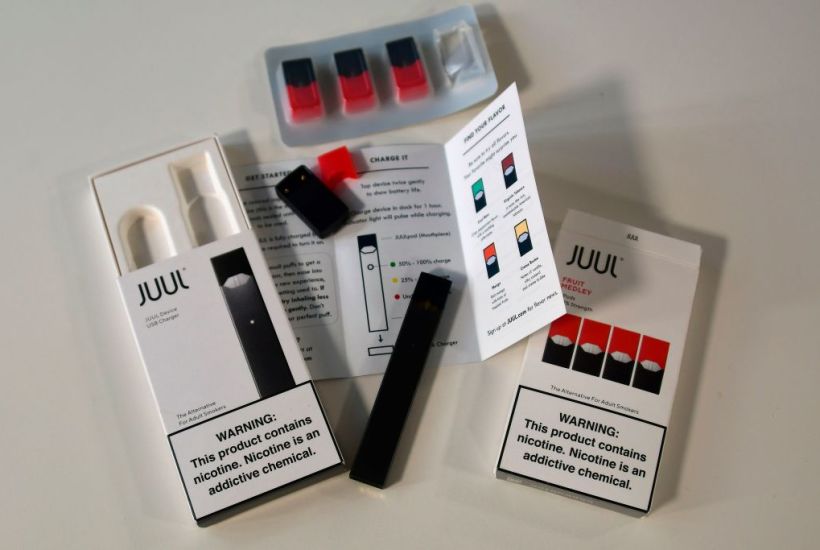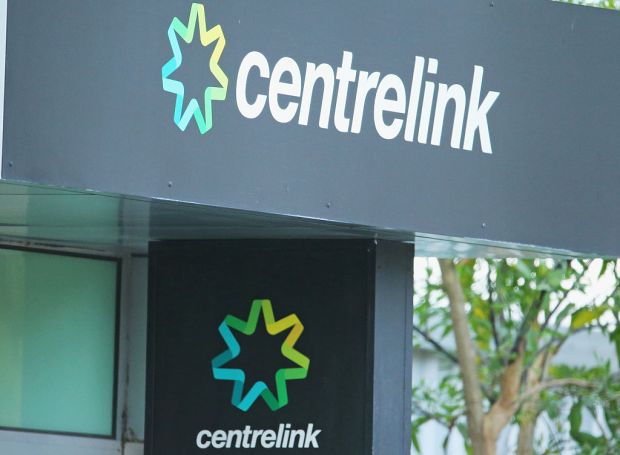Around 2.8 million people still smoke in Australia, and despite millions of taxpayers’ dollars spent on anti-smoking advertising, quit rates have flatlined for the first time since the early 2000s.
Recent statistics from the Department of Health confirm that the National Tobacco Strategy is failing to meet its target of reducing the number of smokers in Australia.
Smoking rates actually increased almost two per cent in New South Wales between 2015 and 2016, and ABS stats show cigarette consumption rose in 2017 for the first time in a decade.
Through the haze, what is clear is that current strategies aimed at encouraging smokers to quit are just not working.
Australia needs to catch up with the rest of the world and legalise smoke-free vaping products to help smokers quit smoking for good.
Smoke-free products are already legal in Canada, New Zealand, the United States, and the United Kingdom and Australia should join the international community’s commitment to harm-minimisation. The UK’s own Public Health England recommend using smoke-free products as quit aids in its official guidance to doctors, citing that e-cigarettes are 95 per cent less harmful than smoking.
According to the CSIRO, e-cigarettes do not produce smoke – and as the biggest cancer risk comes from combustion of tobacco – it means they are also better for people around smokers, including their families and children who might otherwise inhale second-hand smoke.
Health Canada is currently finalising its advice to help adult smokers make an informed choice about smoke-free products following the establishment of the Tobacco and Vaping Products Act (TVPA). The National Academies of Sciences, Engineering and Medicine, American Cancer Society and the US Annual Review of Public Health, have also concluded that e-cigarettes are substantially less harmful than smoking.
While e-cigarettes are not without health risks, they are likely to be far less harmful than combustible tobacco cigarettes according to the United States National Academy of Sciences.
A diverse class of alternative nicotine delivery systems (ANDS) has recently been developed that do not combust tobacco and are substantially less harmful than cigarettes. ANDS have the potential to disrupt the 120-year dominance of the cigarette and challenge the field on how the tobacco pandemic could be reversed if nicotine is decoupled from lethal inhaled smoke, says the 2018 United States Annual Review of Public Health.
However, smoke-free vaping products containing nicotine are currently illegal in Australia. It is absurd that a more harmful product like cigarettes are legal while smoke-free products remain illegal. Worse, some people are importing sub-par products via the internet and using devices that do not meet Australian safety and health standards.
By locking smokers out of a less harmful choice, our government is denying Australians a chance to reduce or quit smoking altogether and improve the health of themselves and their families.
The UK Royal College of Physicians has warned that Australia’s current ‘do nothing’ approach will only perpetuate smoking rates and can lead to worse public health outcomes, placing further strain on our already stretched frontline health services.
Every day the government delays legalising vaping is one more day of continuing risk for smokers, their families and communities, not to mention the vast sums of taxpayer funds thrown at ineffective stop smoking campaigns.
If we are truly committed to a healthier Australia, we need real action now to reduce smoking for the health of all Australians.
Australia needs to catch up with the rest of the world and legalise smoke-free vaping products to help smokers quit smoking for good.
Brian Marlow is the Campaign Director for Legalise Vaping Australia.
Got something to add? Join the discussion and comment below.
Got something to add? Join the discussion and comment below.
Get 10 issues for just $10
Subscribe to The Spectator Australia today for the next 10 magazine issues, plus full online access, for just $10.


























Comments
Don't miss out
Join the conversation with other Spectator Australia readers. Subscribe to leave a comment.
SUBSCRIBEAlready a subscriber? Log in